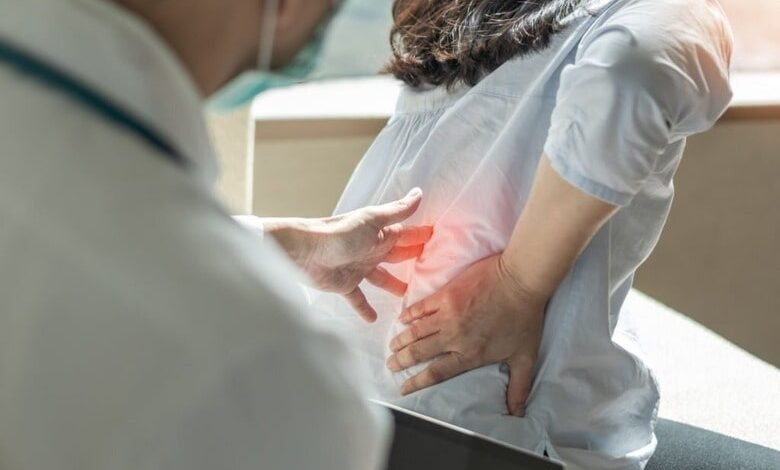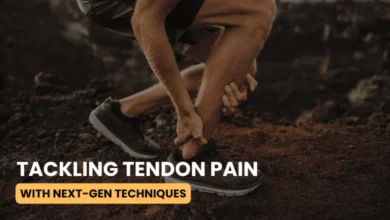Chiropractic Care And Lower Back Pain – Common Causes And Treatment

Almost everyone in the world has experienced lower back pain at some point, which may have kept them away from doing what they want and love to do. Substantial studies suggest that lower back pain is also a leading cause of disability. Your age, weight, and postural habits play an important role in lower back pain as it loses its strength and resilience. Preferably, most people prefer to choose the non-surgical chiropractic treatment over other options.
YouMove Chiropractic & Fitness are the licensed chiropractic and certified fitness center in Pasadena, California. With a goal to relieve your pain and restore enhanced mobility, they provide premium conservative treatment and exercise for long-term pain relief treatments.
What are the causes and symptoms for your lower back pain?
Any type of stress or injury, due to poor techniques, made to your lower back can bring lower back pain. It causes muscle aching resembling to a shooting, burning or stabbing sensation. This pain starts at your spinal cord and extends down to your hips and legs. It may occur while performing activities like bending, twisting, lifting, standing, driving, or walking. Postural stress and obesity can also cause back pain.
Some of the common conditions and causes of your lower back pain may include –
- Strains and sprains – You may injure your lower back muscles, tendons or ligaments by lifting too heavy or lifting unsafely. This can lead to strains and sprains in your muscles, causing lower back pain, particularly gluteus medius pain.
- Fractures – Your spinal cord bones can break or be damaged during an accident or fall to bring back pain.
- Disk displacement – Disks can bulge and get displaced from their position in the spine to exert pressure on your nerve.
- Structural problems – When the spinal column is too narrow for the spinal cord, it can cause severe sciatic nerve pain and lower back pain. Scoliosis causes the spine to form an abnormal lateral curve-like structure, which leads to pain, stiffness and difficult in movement.
- Arthritis – is the common type of arthritis to cause lower back pain.
- Diseases – Diseases like osteoarthritis, spondylolisthesis, spine tumors, infections, kidney stones, and several variants of cancer can cause lower back pain.
Symptoms of lower back pain can develop suddenly or appear gradually. During any spinal movement, you may hear a popping sound accompanied by sharp pain in your lower back. Due to stiffness and other structural build-up, you may feel back pain during your move to straighten your back.
Sitting down and standing up may get tougher task for you to do. This reduces your flexibility and mobility.
A chronic muscle spasms and strain can cause extreme back pain and make it difficult to stand, walk or move. When you come across any of these symptoms, you must consult a chiropractor.
Can chiropractic treatments help to treat your lower back pain?
Lower back pain can be treated using some specific medications, physical therapy, steroid injections, and surgeries. But the most common and preferred treatment option is chiropractic adjustments or treatments care.
It does not require any medication and surgery. It is a technique, which uses manipulation of your musculoskeletal system.
Some of the common chiropractic treatment techniques to treat lower back pain and improve mobility are –
1. Spinal manipulation – Here, the application of pressure to your spine, hips, and other affected areas of your body may cause a popping or cracking sound. This will bring your displaced spine back into alignment. The chiropractor may use special tools and devices to bring in manipulation. You may feel some sort of discomfort and soreness even after spinal manipulation, which will eventually disappear.
2. Spinal traction – In this treatment, a special traction device is used to gently stretch your neck and spine and separate the vertebrae.
This treatment unwinds the spinal discs and reduces pressure on the nerves to relieve pain. Spinal traction relaxes your lower back to relieve from pressure and pain.
3. Soft tissue therapy – Soft tissues like skin, tendons, ligaments, muscles, and nerves surrounds and support your bones, joints, and organs. Soft tissue therapy improves blood circulation and oxygen supply in your soft tissues which helps to reduce swelling, inflammation, and tension.
4. Spinal mobilization – Unlike spinal manipulation, spinal mobilization uses slow movements to mobilize your joints. Spinal mobilization increases the mobility in your joints and the spine. It also helps to improve blood flow to reduce pain signals and increase pain threshold.






